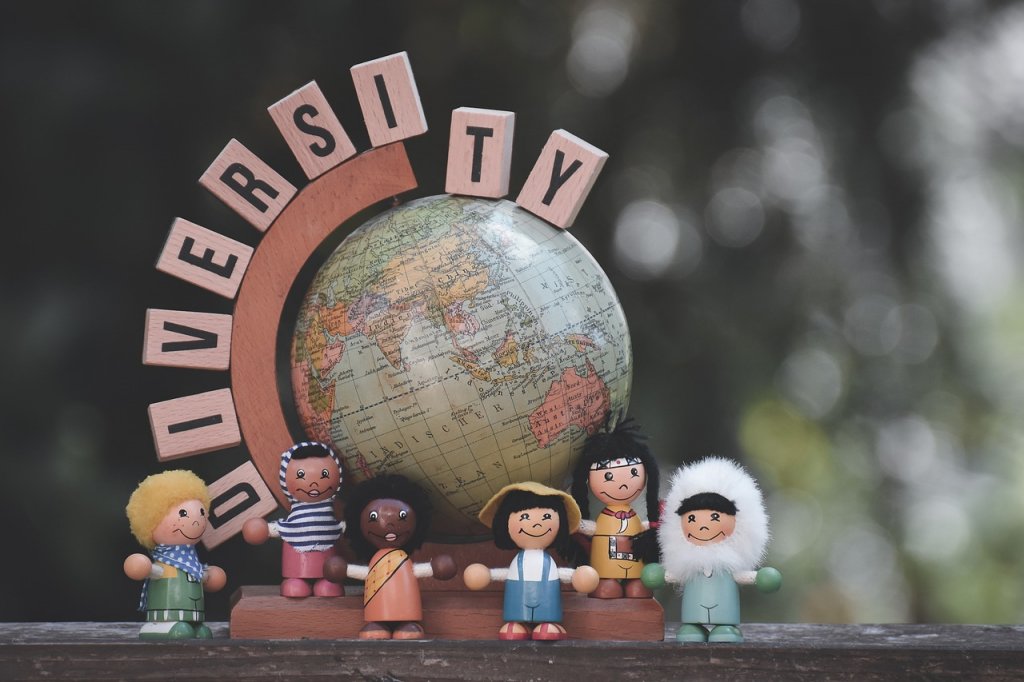Language, speech, reading and writing have been fundamental elements of our lives for millennia, yet they are so often taken for granted and overlooked when considering their importance in our daily lives and cultures.
Exploring how people use language; what phrases they choose to use in certain situations, what words are uttered unconsciously in a particular moment, can help us to better understand ourselves, our behaviour and our relationships with others.
Linguistic scholars have spent years attempting to discover what is exclusive, and also common, about language – how we choose to use it, why, and how it changes over time and space.
These scholars consider language to be a cultural, social and psychological marvel which has the power to inform us and help us understand fundamental elements about our humanity.
For instance, Dan Jurafsky, the Jackson Eli Reynolds Professor in Humanities and chair of the Department of Linguistics in the School of Humanities and Sciences at Stanford, suggests that, “understanding why and how languages differ tells about the range of what is human,” and that “discovering what’s universal about languages can help us understand the core of our humanity.”
Language and communication
Language plays an important role in how we see the world, how we think about it, how we express this to others, and even how we interpret what others say to us.
It is the primary means through which we communicate – how we express our thoughts, feelings, emotions and ideas.
With over 7000 languages in the world there are many unique vocabularies and linguistic structures that influence how we view the world.
Even factors such as the landscape around us, historical influences, and cultural values, influence the way these languages are shaped and created, and how we use language to express ourselves.
For instance, an Aboriginal community in Australia, the Kuuk Thaayorre people, who live in Pormpuraaw at the very west edge of Cape York, don’t use words like “left” and “right”.
Instead, their language is based around cardinal directions: north, south, east and west. Even the way they would say “there is a spider on your left leg” would be spoken as “there is a spider on your southwest leg” (depending upon which way you were facing!)
Their language shapes how they orient themselves, giving them the great ability to stay orientated no matter what time of day or night, the position of the sun, and so on.
Language and perception
Language influences how people perceive the world around them, with some languages having specific words to describe concepts that may not even exist in other languages.
This leads speakers of those languages to have different perspectives on those concepts contained within the specific language they are using.
For instance, some languages don’t have words for numbers (such as, one, two, three,) so there is no option for counting by people who use these languages.
This shapes how they view things, make decisions, and their behaviour.
Language and identity
Language is a crucial component of personal and cultural identity and can simultaneously give someone identity, and allow them to share the aspects of it with others.
The language people speak usually reflects their cultural heritage, social group, and sense of belonging and has been shown to strengthen cultural bonds.
Our primary language source tends to be that of our parents or primary care givers, but as our boundaries broaden, so does our vocabulary and access to different languages or dialects.
Regional identity is formed by the use of accents and colloquialisms which are relevant to a specific region, however, these will often alter over time if an individual moves from one region to another, for instance, when a young adult leaves home for university.
Language and culture
Language and culture are so intertwined that it can be difficult to assess which has more influence on the other.
For instance, cultural norms such as politeness, forms of address, traditions, and so on, are passed generationally through families and communities, by their language and their deeds – they are intricately linked.
Through language; stories, rituals, myths, legends, religion, and so on, these traditions and beliefs are passed from one generation to the next, contributing to the continuity of cultural practices within that specific language.
Language is not only a tool for communication but also a reflection of culture, shaping individuals’ perceptions, behaviours, and social interactions.
By understanding the intricate relationship between language and culture, we gain valuable insight into the diversity and richness of human societies.












